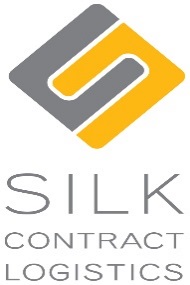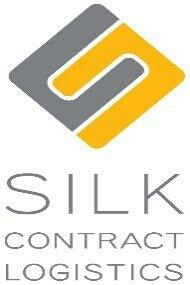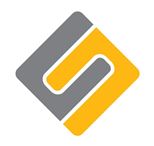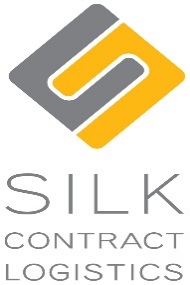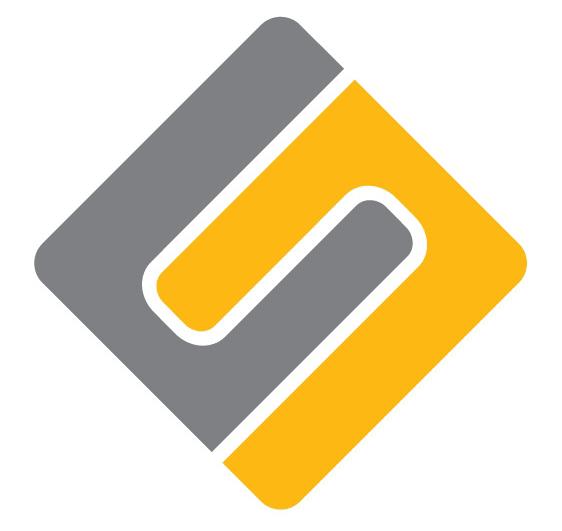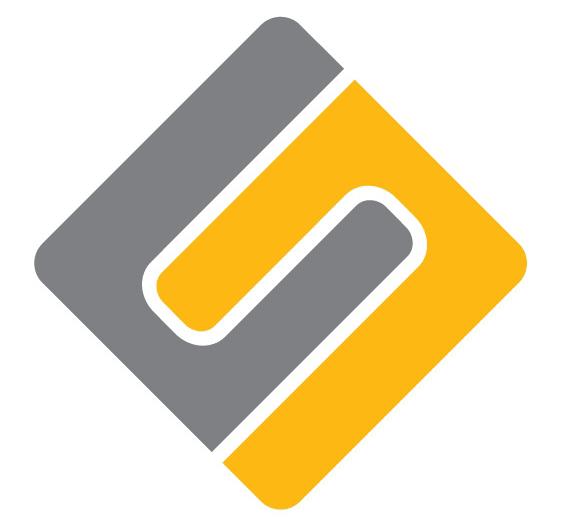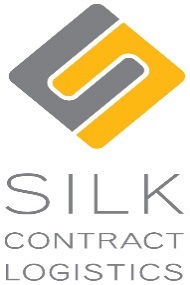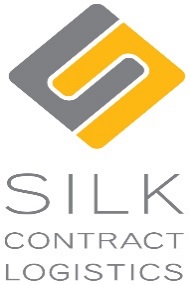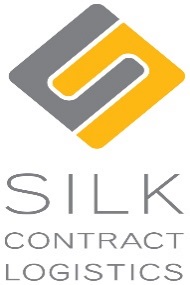Information
-
Site Safety Audit
-
Client / Site
-
Site Address
-
Conducted on
-
Prepared by
-
Personnel involved during the Audit.
001 HSE Policy and Risk Management
-
1.1 Does the business have an HSE/OHS Policy which is in line with legislative requirements, includes the company commitment to continuous improvement in HSE performance and is signed by the company Senior Officer?
-
View policy and location of statement, how is this communicated to employees
-
1.2 Does the business have a Drug & Alcohol policy?
-
View location of policy, and how this has been communicated,
-
1.3 Are Driver and Visitor Inductions provided?
-
records of driver inductions be reviewed does it include use of PPE and mobile phone usage
-
1.4 Does the business have an HSE Management System in place that describes the HSE management processes?
-
demonstrate how this is communicated & where it is located
-
1.5 Have all risks and hazards and risks identified within the operation
-
At a business and/or local level. Risk register and RAM? Are there any outstanding actions?
-
1.6 Has a risk assessment been carried for product storage and stack heights and hazardous products storage as applicable?
-
View site risk assessments that are current and risk mitigation
-
1.7 Is there a system for staff to report operational hazards and unsafe conditions to allow risk mitigation.
-
1.8 Is there evidence that the hazard reporting system is working effectively and that reports are actioned?
-
View examples of how the hazard reporting system is applied. E.g. Hazard reports or toolbox meeting minutes.
-
1.9 Does the business have an effective system for incident reporting and investigation which includes corrective actions?
-
Demonstrates knowledge of incident reporting and follow up
-
1.10 Is there evidence that the incident reporting system is working effectively and that incidents are investigated and corrective actions assigned?
-
View examples of incidents, and corrective actions. Are they acted on and closed?
2.0 Traffic management and forklift operations
-
2.1 Traffic Management Plan in place
-
View TMP and assessment documents
-
2.2 All routes are clearly marked
-
In the TMP and physically around site
-
2.3 All routes are suitable width to allow safe movement
-
review plan
-
2.4 Pedestrians are separated from forklift and other traffic
-
How is this managed? Physical barriers, line marking, exclusion zones
-
2.5 Mirrors placed as appropriate
-
Blind spots and corners
-
2.6 Mobile equipment operators aware of pedestrians and other traffic
-
Horn beep at blind spots, procedures
-
2.7 Mobile phone usage procedures
-
view Mobile phone policy and how this has been communicated to employees
-
2.8 Appropriate speed limits communicated and maintained.
-
Are signs clearly visible and in the appropriate locations?
-
2.9 Are daily Forklift Inspection logs maintained?
-
View logs for a number of forklifts. View records
-
2.10 Are forklifts subject to a scheduled maintenance program?
-
View maintenance schedule and service records and the schedule is up to date.
3.0 Emergency management
-
3.1 Floor designed to contain spills within the facility
-
Is bunding adequate for potential spill volumes?
-
3.2 Notification to the regulatory authority stating volumes held.
-
Review notification. Is it appropriate for the products stored?
-
3.3 Fall protection on the dock/s.
-
What is the process? E.g closed doors/gates. How is access by only those that need to be there controlled?
-
3.4 Warehouse lighting is adequate.
-
View lighting are all lights working and compliant
-
3.5 Are safety signs and PPE requirements clearly posted?
-
Check signage. Is it appropriate? Specific PPE identified e.g. hearing protection.
-
3.6 Emergency exits clearly marked, accessible and functioning
-
Clear of obstructions. Running man signs are all working
-
3.7 Fire extinguishers clearly marked inspected at appropriate intervals
-
Enough extinguishers, correct type?/ view testing dates for compliance
-
3.8 Fire detection system in place where applicable and tested at appropriate intervals
-
Review records of panel testing
-
3.9 Emergency drills and/or evacuation drills scheduled
-
Review record of emergency evacuations and training
-
3.10 Emergency Response Plan in place and current
-
view current emergency response plan for currency
-
3.11 Emergency Response Plan considerate of near neighbour activities
-
3.12 Emergency Response Plan includes detailed manifest
-
View site DG manifest
-
3.13 All dangerous substances documented
-
Manifest and SDS available. Cross-check manifest with products stored. View SDS for a selection of products.
4.0 Storage, Racking & Stacking & Pallet Quality
-
4.1 Racking - Installed, approved and inspected by qualified personnel
-
Includes yearly inspection to deliver 'licence to operate'
-
4.2 Racking - Maximum load rating posted
-
Is the load rating posted on the racking?
-
4.3 Racking - Protection at column- and corner guards
-
4.4 Racking - Securing of palletised product risk assessed and meeting standards
-
view pallet put away risk assessment
-
4.5 Racking - Horizontal beams are in bright visible colours
-
4.6 Racking - Fixed to floor
-
view compliance to AS4084-2012 and if installed prior to 2012 AS/4084-1993
-
4.7 Racking condition (no proof of bumps, faults, overloading)
-
No evidence of damage ,faults, overloading
-
4.8 Stacking or racking on sound, level floors
-
4.9 Stock only in designated areas
-
where Dangerous goods apply Is all stock in uniquely identifiable position?
5.0 Warehouse Operations
-
5.1 WHS Committee Meeting Minutes (Criteria to be outlined in agenda and work instructions for conducting a meeting)
-
View Committee meeting minutes
-
5.2 site safety inspections
-
Review weekly and monthly site inspections
-
5.3 Safety Notice Boards and signage
-
Notice boards are current and up to date with current HSR and Fire wardens clearly identified, site evacuation plan is current and displayed
-
5.4 safe working procedures
-
View records of communication and assessment for all employees and Labour hire employees
-
5.5 Site Hazard reports
-
All hazards have been identified and assessed
-
5.6 incident and accident trends are monitored and corrective actions put in place
-
View records of data trends to employee communications
-
5.7 Safety communications have been delivered
-
View safety tool box talks and content
6.0 Contractor compliances
-
6.1 Contractors provide compliance details ABN
-
6.2 Contractors provide compliance details Public liability insurance
-
6.3 Contractors provide compliance details workers compensation
-
6.4 Contractors provide compliance details licences and permits
-
6.5 Contractors provide compliance details trailer on tow (transport)
-
6.6 Contractors provide compliance details marine transit(transport
-
6.7 Contractors provide compliance details professional indemnity where required
-
6.8 Non plant maintenance and repair documents
7.0 Chain of Responsibility
-
7.1 Does the business have procedures describing obligations under Chain of Responsibility legislation as it relates to their operations?
-
Mass and dimension limits, stability, clear and appropriate documentation.
-
7.2 Procedures in place to check docked trucks - Prevention of vehicle movement.
-
Review on dock procedures and trailer stabilisation tools
-
7.3 Procedures in place to check docked trucks - Uncoupled trailers stabilised with Safety Jacks
-
Review SWP and communication to employees
-
7.4 Procedures in place to check docked trucks - Loading conditions quality - container loading
-
Procedure for loading shipping container to prevent movement and damage in transit.
-
7.5 Procedures in place to check docked trucks - Safe unloading conditions
-
Check upon materials or goods risking to fall due to loosening/removing load security
-
7.6 Loading procedures in place for loading vehicles.
-
Review communications with team members
-
7.7 Is there an escalation process within the procedure when the Loader is not satisfied with loading plan.
-
7.8 Procedures for Loading & Cargo Securing - Established in cooperation with contracted hauliers and receiver of the cargo
-
Does the Loading procedure require the loader to seek guidance from the driver as to how the cargo is to be loaded?
-
7.9 Procedures for Loading & Cargo Securing - Identifying responsibility of securing
-
Review procedures
8.0 Training
-
8.1 Are staff provided training with regard to their responsibilities under Chain of Responsibility legislation?
-
Chain of responsibility training is current
-
8.2 Staff provided with specific job-related training?
-
e.g. safety characteristics for products/racking/pallets/vehicles..., techniques to wrap/strap/secure loading...
-
8.3 Staff provided with MHE specific training?
-
Check Licences. Characteristics and correct techniques for use of equipment to assets, storage types or product
-
8.4 Staff trained in manual lifting techniques?
-
Review training records
-
8.5 Are training records documented
9.0 Environment
-
9.1 Floors free from damage
-
Cracks, holes unevenness
-
9.2 Staff trained in managing hazardous product spills as applicable?
-
Review training and procedures.
-
9.3 Floors free from spills, obstacles
-
Pallets, waste and other obstacles
-
9.4 Safe systems of work to deal with spills
-
Review spill procedure and communication
-
9.5 Are there sufficient spill kits available & suitable for the operation
-
Review current spill kits and procedures
-
9.6 Sufficient containment for the maximum capacity spill possible
-
Review current spill kits and procedures
-
9.7 Procedure in place for management of a leaking container received to site
-
Review current spill kits and procedures
-
9.8 Drainage system suitable for product containment i.e.. Interceptor required, storm water run off
-
Review current spill kits and procedures
-
Enter date Audit was conducted
-
Site Manager
-
Auditor
